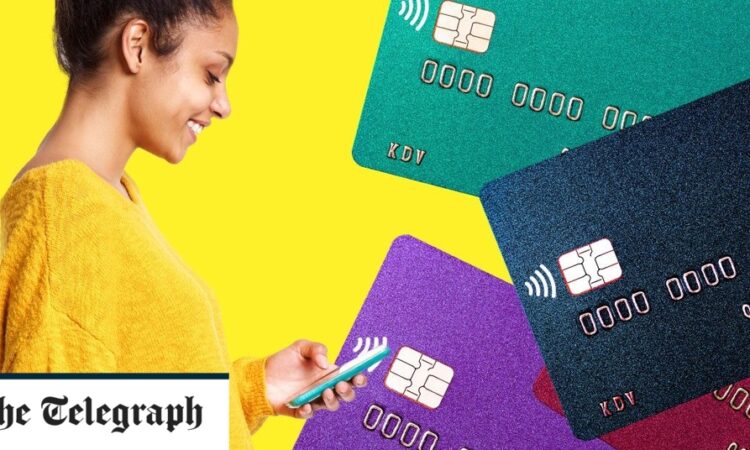
Rather than being frequently pestered by requests for money for sweets/clothes/cinema tickets, many parents decide to equip their children with their own current accounts.
Not only do they provide an easy, cash-free way to give pocket money – if you have that kind of system in your household – it also provides an opportunity for the young people to start managing their own money.
In addition, they can start to understand more about financial security, by keeping their Pins and passwords to themselves.
Most children’s bank accounts offer features like a payment or debit card, and apps to enable children to track their spending. Some can also be set up with the likes of Apple and Google Pay.
There are restrictions on certain features; children’s accounts won’t offer overdraft facilities, for example.
Most children’s bank accounts are free, meaning there won’t be a monthly fee, though there are a few exceptions.
Lucinda O’Brien, finance expert at Money.co.uk, said: “While every account offers different features, you can usually find one that lets your child receive payments, withdraw cash, make payments on a debit card and use online banking.”
Children’s accounts used to come with cute incentives, such as character piggy banks, but the top “perk” now tends to be credit interest.
Andrew Hagger from MoneyComms, said: “This can be an important feature if you want your child to save, as well as manage their own spending. Note, though, that rates can often be beaten by those on children’s savings accounts.”
As with an adult version, money held in a child’s current account should be protected up to £85,000 under the Government-backed Financial Services Compensation Scheme (FSCS) – though it’s always best to double check your provider is covered.
Here, we take a look at some of the best children’s current accounts on the market.
Can I open a current account for my child?
The ease with which you can open an account for your child, or have them open the account for themselves, depends on the provider and what kind of account you want.
Some providers only allow children’s bank accounts to be opened if a parent holds an account with them, while others will need you to provide proof of identity and proof of address before they’ll allow you to open an account on your child’s behalf.
An increasing number of providers allow accounts to be opened online, but you may still need to physically go into a branch to finish the job.
That said, some banks allow parents to open an account on behalf of their younger child.
Ms O’Brien said: “Typically, a parent will need to be present to set up a bank account for a little one under 16. In many cases, you can complete your application online. But you or your child may still need to pop into a branch with proof of ID and address.”
Now read: How much pocket money to give your children (without spoiling them)
Can I monitor my child’s spending?
Once a current account is set up for your child, they are the legal owner of the account, and the money in it.
Mr Hagger said: “Unlike the pocket money card accounts, such as GoHenry, Rooster, Osper and Nimbl, adults usually cannot monitor their son or daughter’s spending with a child’s current account.”
While parents cannot make withdrawals, you can pay money into the account – this can help your child save, or provide a way to restrict their spending if the only money they can access is what you give them.
Ms O’Brien added: “Any interest earned on the account is usually tax-free. Tax will only be charged if the child’s annual income is above £12,570, or if they earn more than £100 interest on money given to them by their parents.”
The “£100 rule” affects parents, rather than children – the interest your child earns above £100 from money you give them will be added as if you were the one who earned the interest. Therefore, if it exceeds your personal savings allowance, you may have to pay tax on it.
Now read: Tax calculator: how much you will pay on savings (and easy ways to cut it)
Are children’s bank accounts safe from scams?
Unfortunately, children’s current accounts are still open to scams and fraud attempts – in just the same way any adult current account is.
With this in mind, it’s important to help the young person take all the precautions they can to stay safe, such as never sharing their Pin and making sure any online banking passwords they have are difficult to guess.
Children’s accounts can be particular targets for fraudsters seeking “money mules” – these are unwitting scam victims whose accounts are used to help them launder money. Children as young as 10 will be taught about the dangers of these schemes, but it’s still worth sitting your child down to explain how to avoid them.





